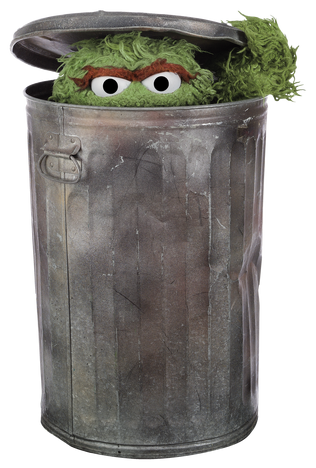Xtra nice!
PS. I like my BM 583 blade profile.
Xtra nice!
I have number of knives with tanto blades. Can someone explain how an American Tanto differs from other tanto blades? Or perhaps the unique design features of an American Tanto?
Here's what I have. Are they all American tanto's?
- Emerson CQC-15
- Buck Marksman
- HTM Axis
- Southern Grind Bad Monkey
- Brian Tighe and Friends Tighe Fighter (small)
- Tops/Buck CSAR-T
Ok, and I have to courage to admit I also have a Quartermaster Mr. Furley (which I now suspect may be a Chinese Tanto if there is such a thing (-:
Pre-thanks for the free education on this topic. And please don't bombard me with offers to buy my Mr. Furley.


A tanto is a Japanese short sword/large knife that, across its long history, can be seen with many different blade styles. The "Americanized Tanto" is a knife in the style of Cold Steel's tanto with the two very distinct blade grinds and a pronounced secondary point/yokote:I have number of knives with tanto blades. Can someone explain how an American Tanto differs from other tanto blades? Or perhaps the unique design features of an American Tanto?
Here's what I have. Are they all American tanto's?
- Emerson CQC-15
- Buck Marksman
- HTM Axis
- Southern Grind Bad Monkey
- Brian Tighe and Friends Tighe Fighter (small)
- Tops/Buck CSAR-T
Ok, and I have to courage to admit I also have a Quartermaster Mr. Furley (which I now suspect may be a Chinese Tanto if there is such a thing (-:
Pre-thanks for the free education on this topic. And please don't bombard me with offers to buy my Mr. Furley.

Thank you. Excellent explanation.
 .
.

Don't believe it here ya go watch this.Honestly I am not sure where the idea that the tanto will penetrate better comes from, but I have some ideas.
Tantos have previously been advertized as a "knife that is good for stabbing". I believe the claim was and still is that their robust tip shape makes them able to stab viciously in combat without worrying about snapping the tip off. You know, incase your enemy is wearing body armour made out of car doors.
Somehow people read these claims and I believe misunderstood them and it has evolved into a sort of urban legend "tantos penetrate in some superior fashion."
First off, let me say that Andy Demko makes fantastic knives. His AD-15 has to be handled to be believed how good a folding knife it is. Amazing knife.Don't believe it here ya go watch this.
Don't believe it here ya go watch this.
The rumor that was trying to be dispelled was that tantos tips generally penetrate better than others in a stab.
I was trying to say that the points "a tanto tip is more robust and better able to avoid damage in a stab" has some how got conflated into "tanto tips penetrate better (in a stab)"

No need to speculate much - the hype in regards to the American Tanto originated in the Cold Steel company ad campaigns.Honestly I am not sure where the idea that the tanto will penetrate better comes from, but I have some ideas.
It penetrates better when you are fighting the tin man from Oz... duh... Haven't you heard of the tin man army? And their nefarious leader, Oscar the Grouch?

Don't believe it here ya go watch this.
Plus there was no accounting for steel composition, heat treat, blade thickness and height, or weight of the blade (during the drop test). Those tests weren't tests of three particular blade geometries, they were tests of three particular knives.Also upon rewatching the video it appears an honest mistake when the host did test where he puts the knives tip down into the vice and tries to bend them.
He marks the tips so the same ammount of tip is BELOW the vice lips "to make it fair." However as the knives were of different length the leverage applied was totally different.
Also I wonder if when some pulls on a knife they want to prove will bend might they subconciously pull abit harder?
